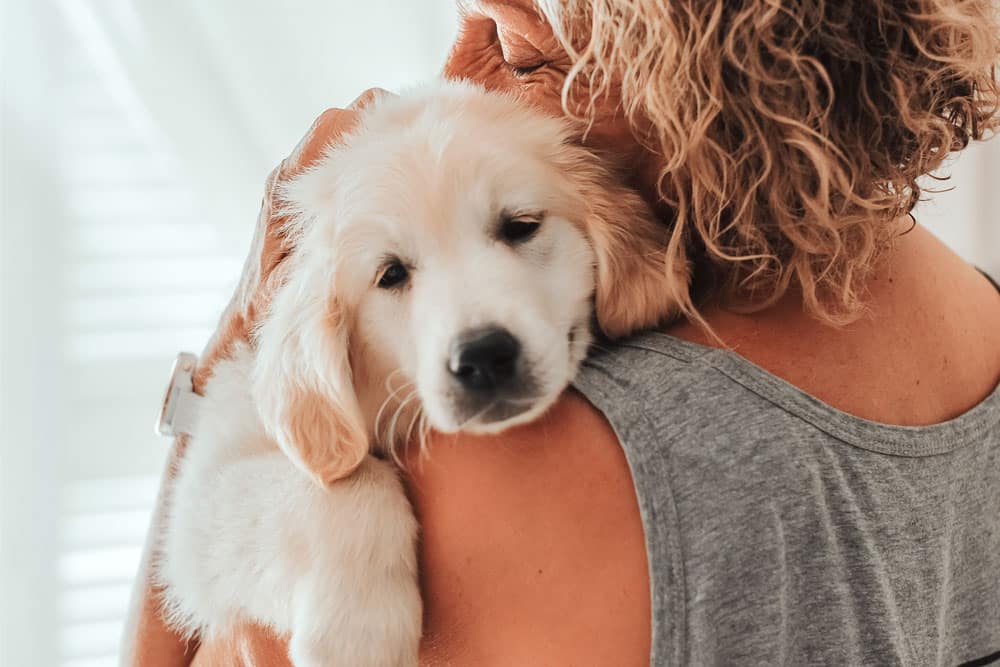Assessing Your Pet’s Quality of Life: Tools to Help You Decide
Understanding In-Home Pet Euthanasia and Quality of Life
At Love & Dignity In-Home Pet Euthanasia, we understand that making end-of-life decisions for a beloved pet is one of the most emotional and difficult choices you may ever face. Our goal is to provide compassionate guidance and support, helping pet owners navigate this challenging time with clarity, respect, and care.
What Is In-Home Pet Euthanasia?
In-home pet euthanasia allows pets to pass peacefully in a familiar, comfortable environment, free from the stress and anxiety often associated with veterinary clinics. This approach provides:
- A calm and familiar setting, reducing anxiety for both pets and their families.
- A personalized, compassionate experience, ensuring your pet’s needs are met with dignity.
- Privacy for saying goodbye, allowing families to grieve in their own way.
Defining Quality of Life for Your Pet
What Does Quality of Life Mean?
Quality of life refers to your pet’s overall well-being, comfort, and ability to engage in daily activities without excessive pain or distress. Evaluating quality of life can help determine whether continued treatment is humane or if euthanasia may be the kindest option.
Key factors to consider include:
- Pain Management: Can your pet’s pain be controlled with medication, or is it persistent despite treatment?
- Appetite and Hydration: Is your pet eating and drinking normally, or are they losing interest in food and water?
- Mobility and Activity: Can they walk and move without extreme difficulty? Are they still engaging in basic activities?
- Happiness and Interaction: Does your pet still show interest in people, toys, or surroundings, or are they withdrawn?
- Good Days vs. Bad Days: Are the bad days becoming more frequent, outweighing the good ones?
If your pet is experiencing ongoing distress or an overall decline in these areas, it may be time to have an open conversation with your veterinarian.
How to Assess Your Senior Pet’s Quality of Life
Tools to Assess Your Pet’s Quality of Life
The HHHHHMM Scale
Veterinarians often use the HHHHHMM Scale, a structured tool to assess your pet’s well-being:
- Hurt – Is pain manageable, or is your pet in discomfort despite medication?
- Hunger – Is your pet eating enough to maintain a healthy weight?
- Hydration – Are they drinking water and staying hydrated?
- Hygiene – Can they groom themselves and stay clean, or do they need assistance?
- Happiness – Do they show interest in their surroundings, or are they withdrawn?
- Mobility – Can they move comfortably, or are they struggling with basic movements?
- More Good Days Than Bad – Are good days still outnumbering the bad?
This scale provides a practical way to monitor changes in your pet’s condition over time. If the overall score indicates significant decline, it may be time to consider end-of-life care.
Learn More About Quality of Life Assessment
Signs That Your Pet’s Quality of Life Is Declining
Some common indicators of a declining quality of life include:
- Loss of appetite and noticeable weight loss
- Chronic pain that is not relieved by medication
- Labored breathing, persistent coughing, or extreme fatigue
- Difficulty standing, walking, or using the litter box
- Withdrawal from family members and other pets
- Frequent accidents or loss of bladder and bowel control
If your pet is showing multiple signs, keeping a daily journal of changes can help track their condition and make informed decisions with your veterinarian.
Making the Decision for Euthanasia
When Is the Right Time?
The decision to pursue euthanasia is deeply personal and never easy. The key question to ask is whether your pet’s suffering outweighs their ability to enjoy life. Some additional questions to consider include:
- Is my pet in pain that cannot be effectively relieved?
- Does my pet still find joy in their daily routine?
- Has my pet’s condition progressively worsened despite treatment?
A veterinarian’s expertise can help provide guidance and reassurance when making this decision.
Schedule a Consultation with Love & Dignity
Preparing for In-Home Euthanasia
What to Expect
- A veterinarian will walk you through the process, ensuring your pet remains comfortable.
- A sedative is administered first, allowing for a calm and peaceful transition.
- You can choose the location—whether it’s a favorite bed, a sunny spot, or a quiet space.
- Aftercare options, including cremation or burial, can be arranged in advance.
Creating a calm environment with soft blankets, soothing music, and familiar scents can help bring comfort to both your pet and your family.
Coping with Loss and Finding Support
Grieving and Emotional Support
Losing a pet is a profound loss, and grief takes time. Some ways to cope include:
- Creating a Memorial: A scrapbook, framed photo, or paw print keepsake can honor your pet’s memory.
- Talking About Your Pet: Sharing stories and memories with family and friends can be healing.
- Seeking Support: Grief counseling or pet loss support groups can provide comfort during this time.
Pet Loss Resources and Support
Pet Loss and Bereavement Support

FAQs About In-Home Pet Euthanasia
How do I know when it’s time?
If your pet is in constant pain, struggling to move, or no longer engaging with life, it may be time to consult a veterinarian.
Will my pet feel any pain during euthanasia?
No. A sedative is given first to ensure a peaceful, pain-free experience.
Can my other pets be present?
Yes, allowing other pets to be present can help with their own grieving process. However, if your pet is easily stressed or if other animals may become anxious, a quiet space may be best.
How can I prepare my family for the loss?
Be open and honest, especially with children. Encourage them to share their feelings and provide reassurance that their pet was deeply loved and cared for.
Love & Dignity: Honoring Your Pet’s Final Moments
At Love & Dignity In-Home Pet Euthanasia, we are committed to providing compassionate, stress-free end-of-life care. Our goal is to ensure that your pet’s final moments are filled with love, dignity, and peace.
When the time comes to say goodbye, let it be in the most loving, comfortable, and dignified way possible.












Leave A Comment